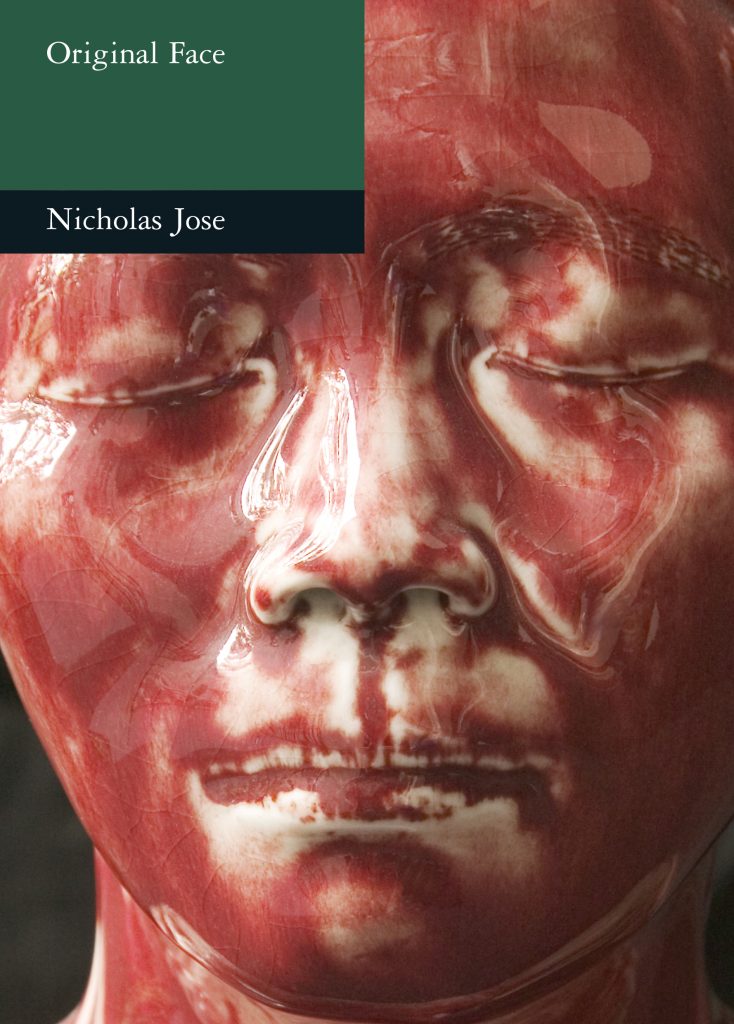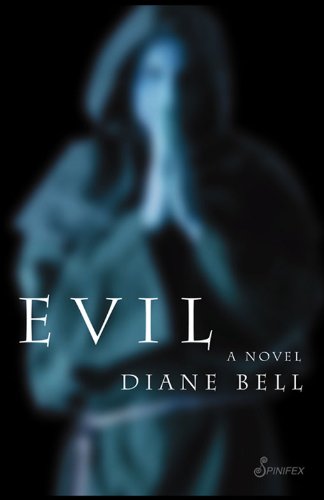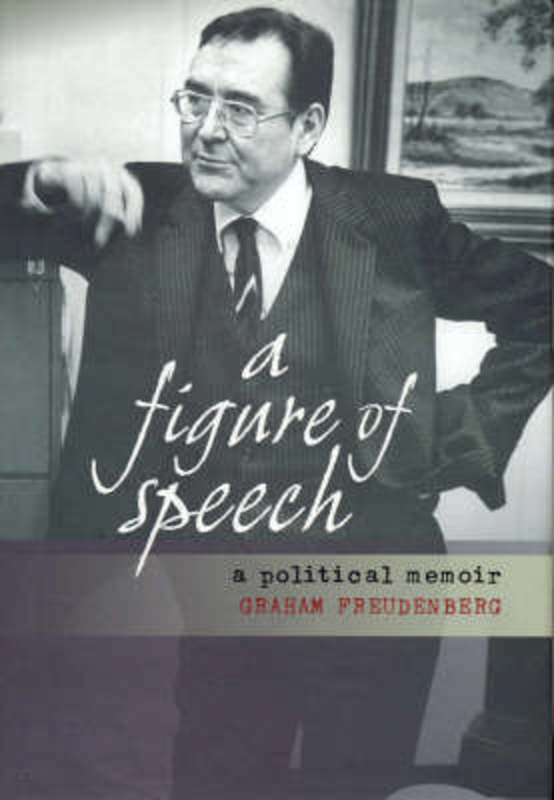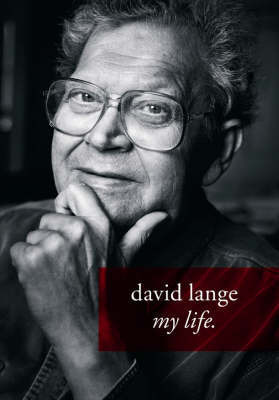Review
Arthur Boyd and Saint Francis of Assisi: Pastels, lithographs and tapestries, 1964–1974 by Margaret Pont
by Luke Morgan •
Snapshot by Garry Disher & A Thing of Blood by Robert Gott
by Rick Thompson •
A Figure of Speech: A political memoir by Graham Freudenberg
by Troy Bramston •
Crackpots, Ratbags and Rebels by Robert Holden & Up Close by Peter Wilmoth
by Vivienne Kelly •
God’s New Man: The election of Benedict XVI and the legacy of John Paul II by Paul Collins
by Adam Carr •
The Tyrannicide Brief: The story of the man who sent Charles I to the scaffold by Geoffrey Robertson
by John Button •
Telling the Truth About Aboriginal History by Bain Attwood
by A. Dirk Moses •










